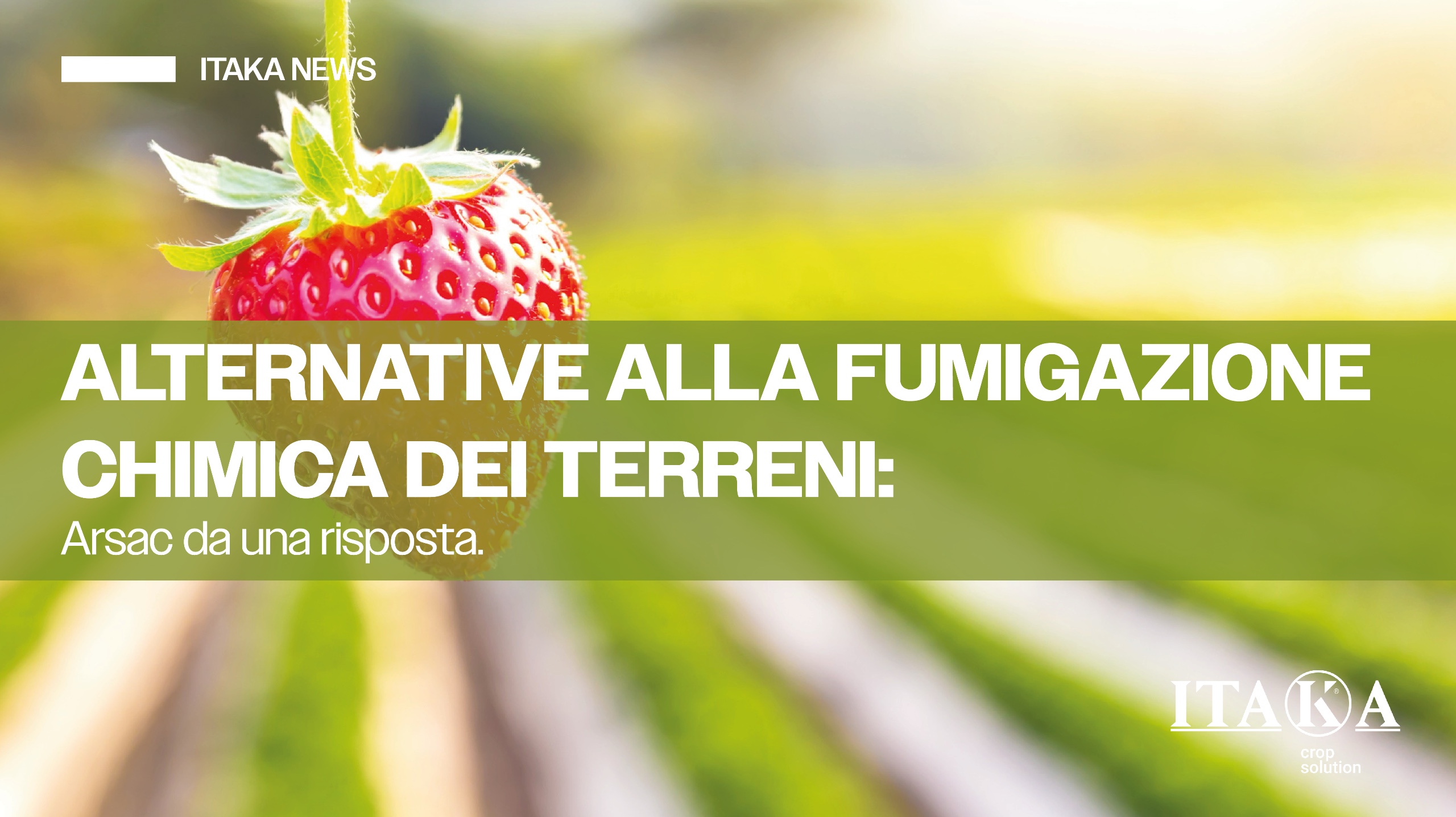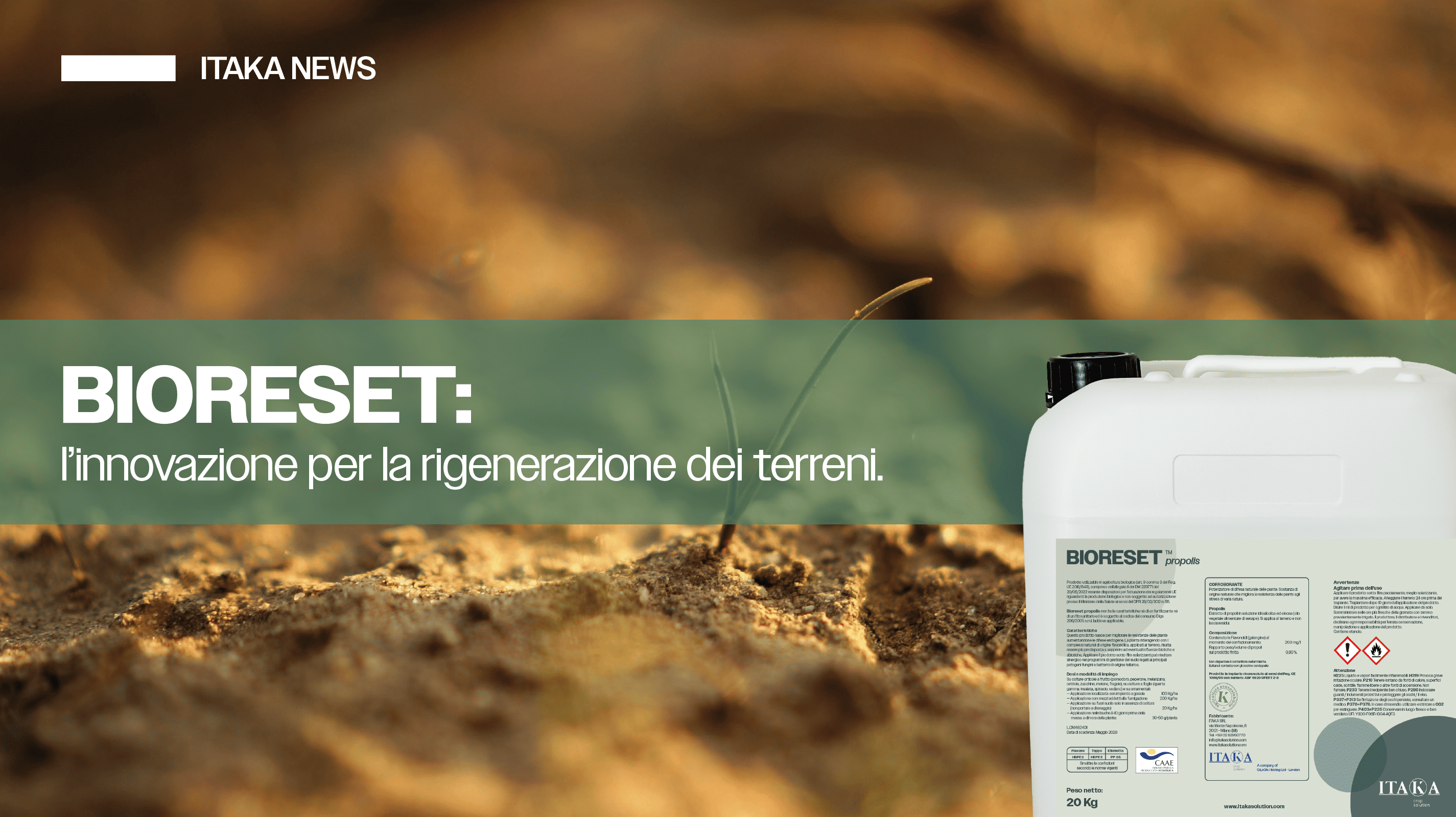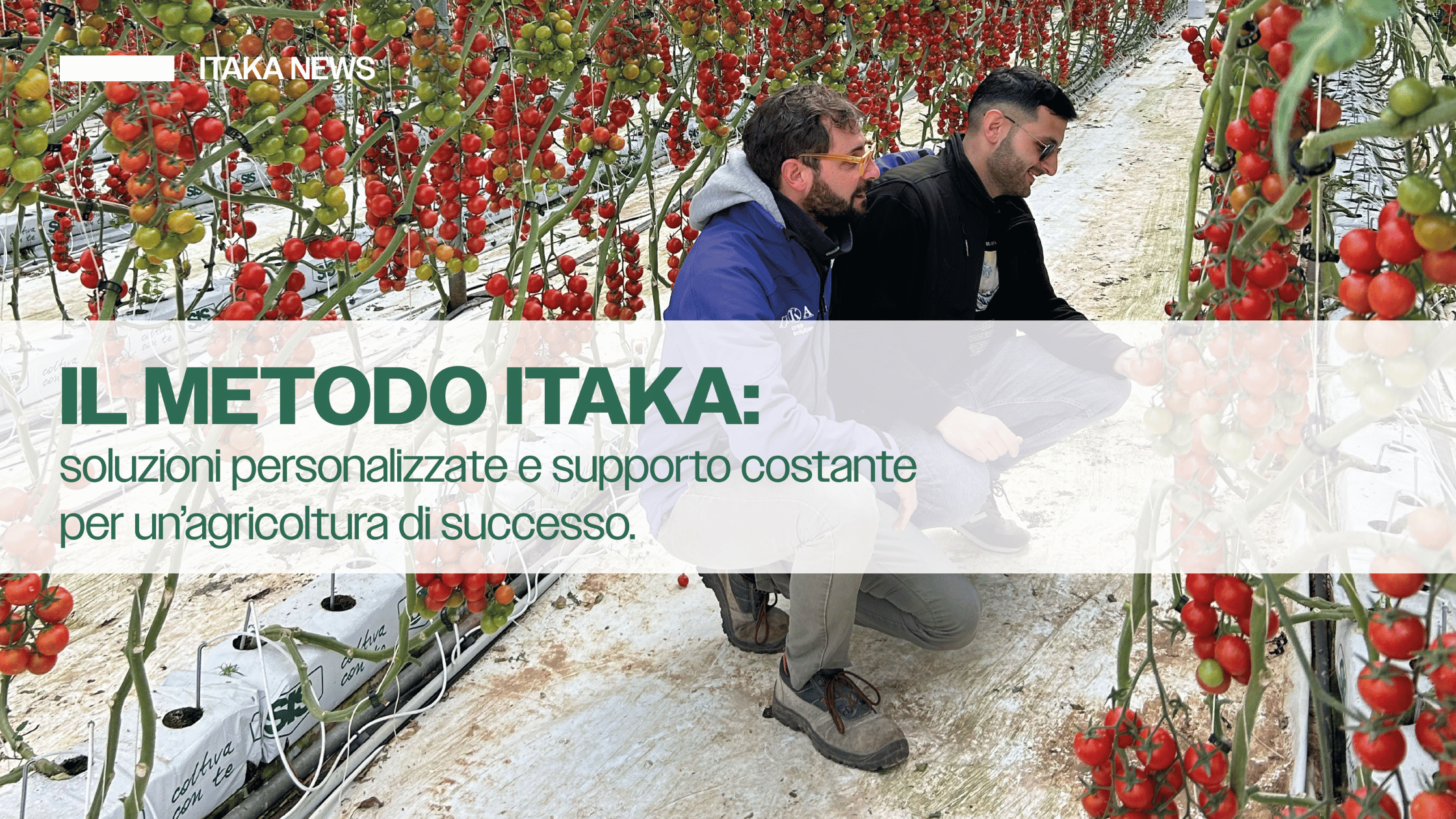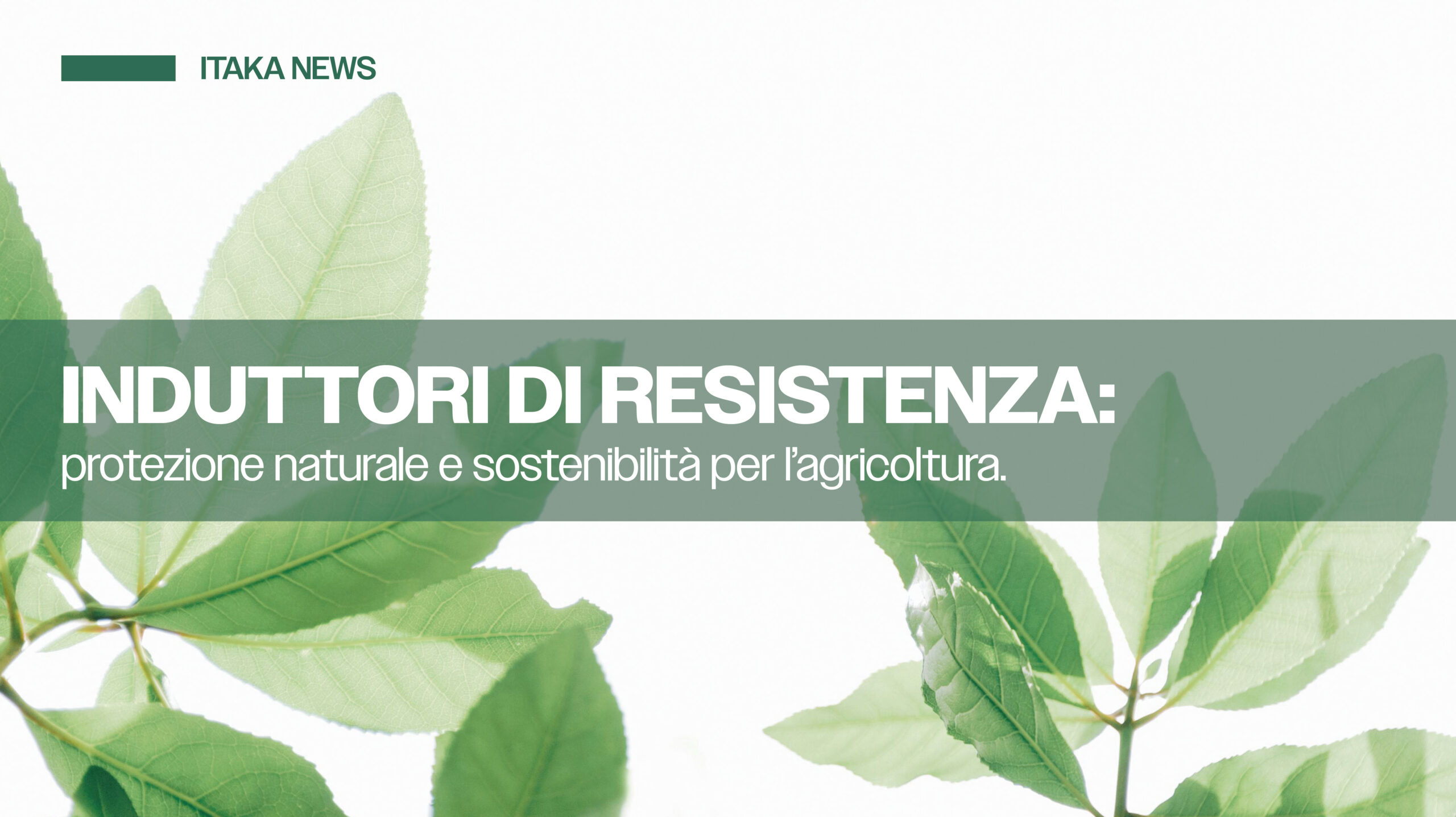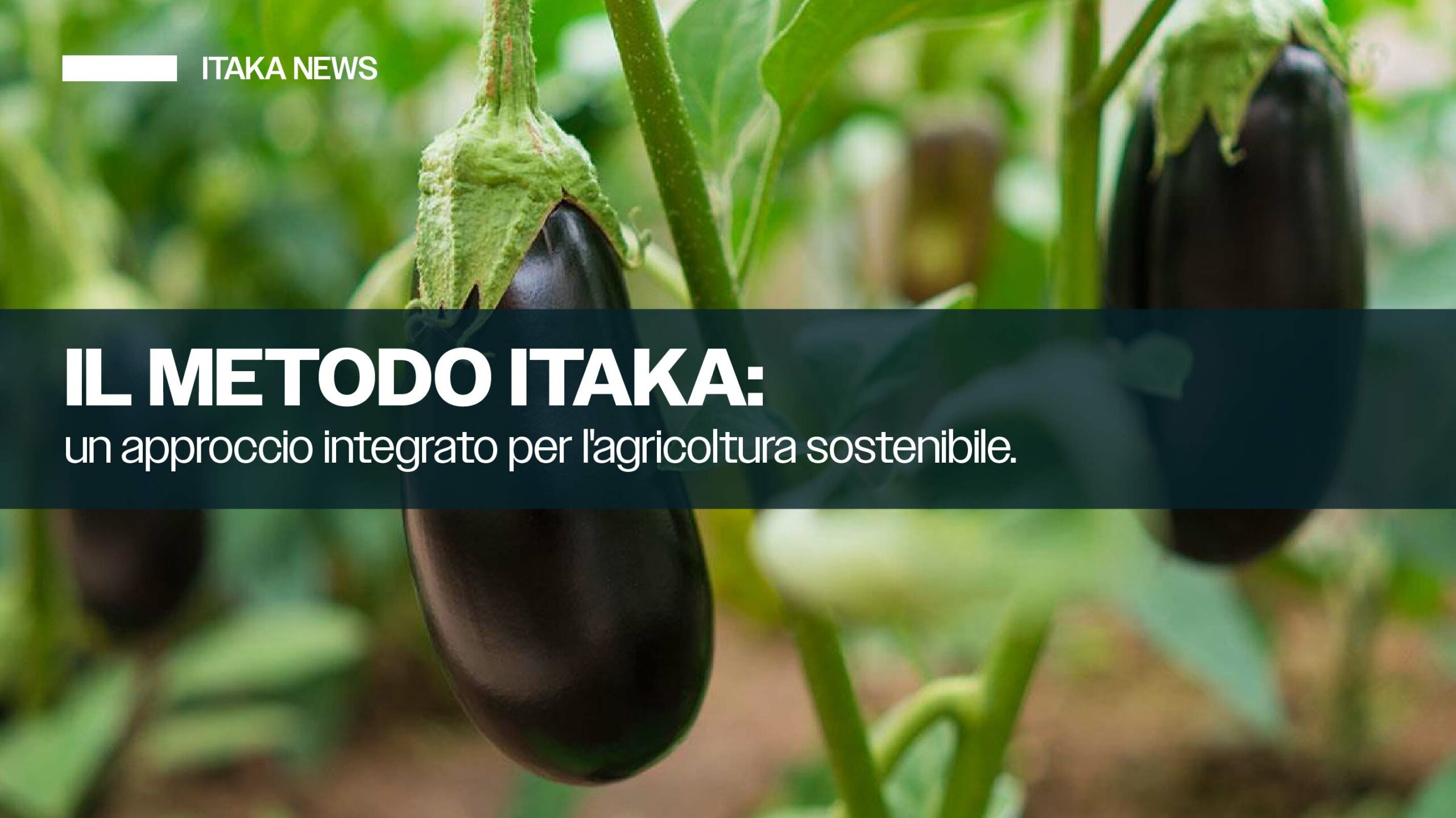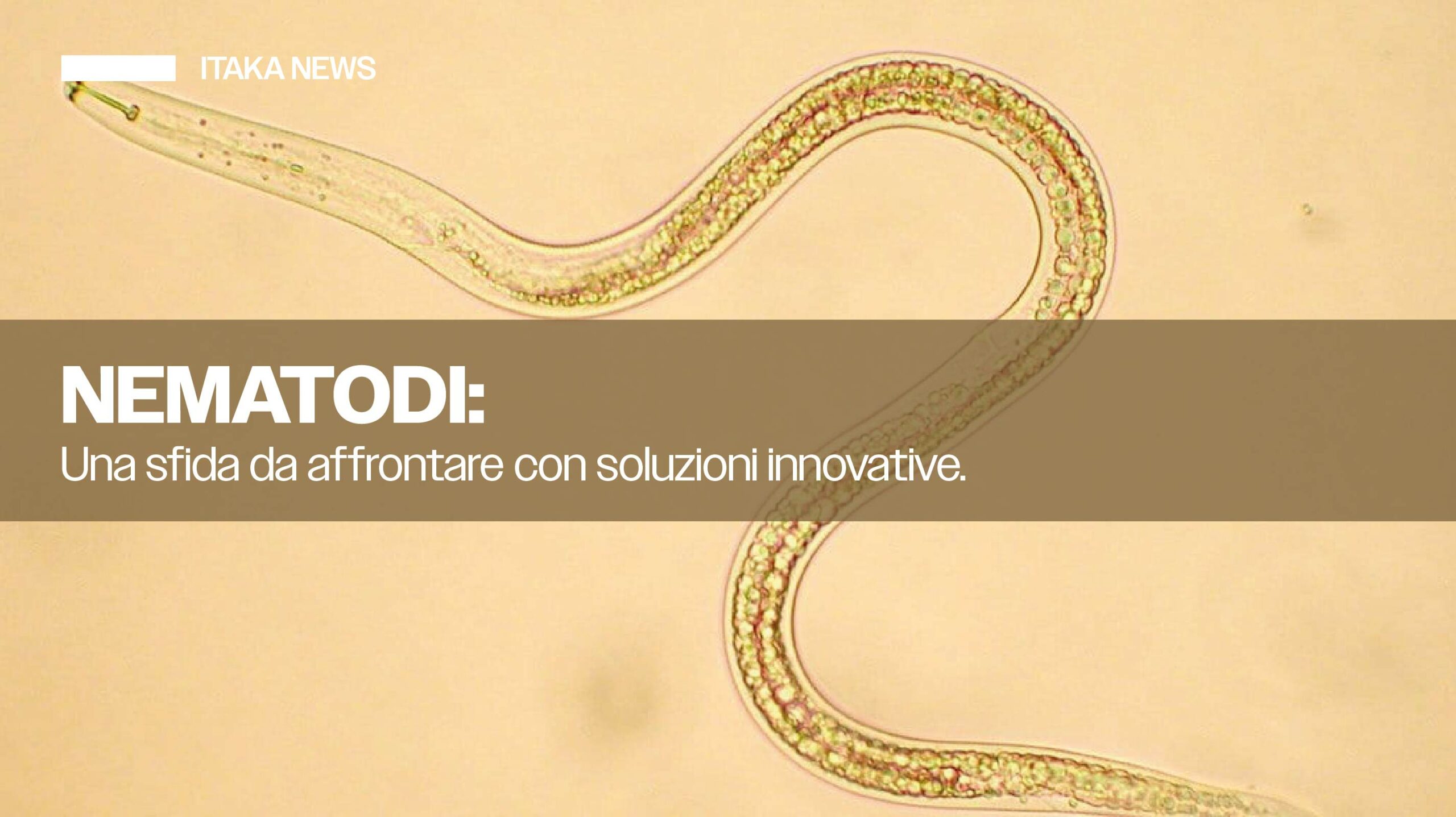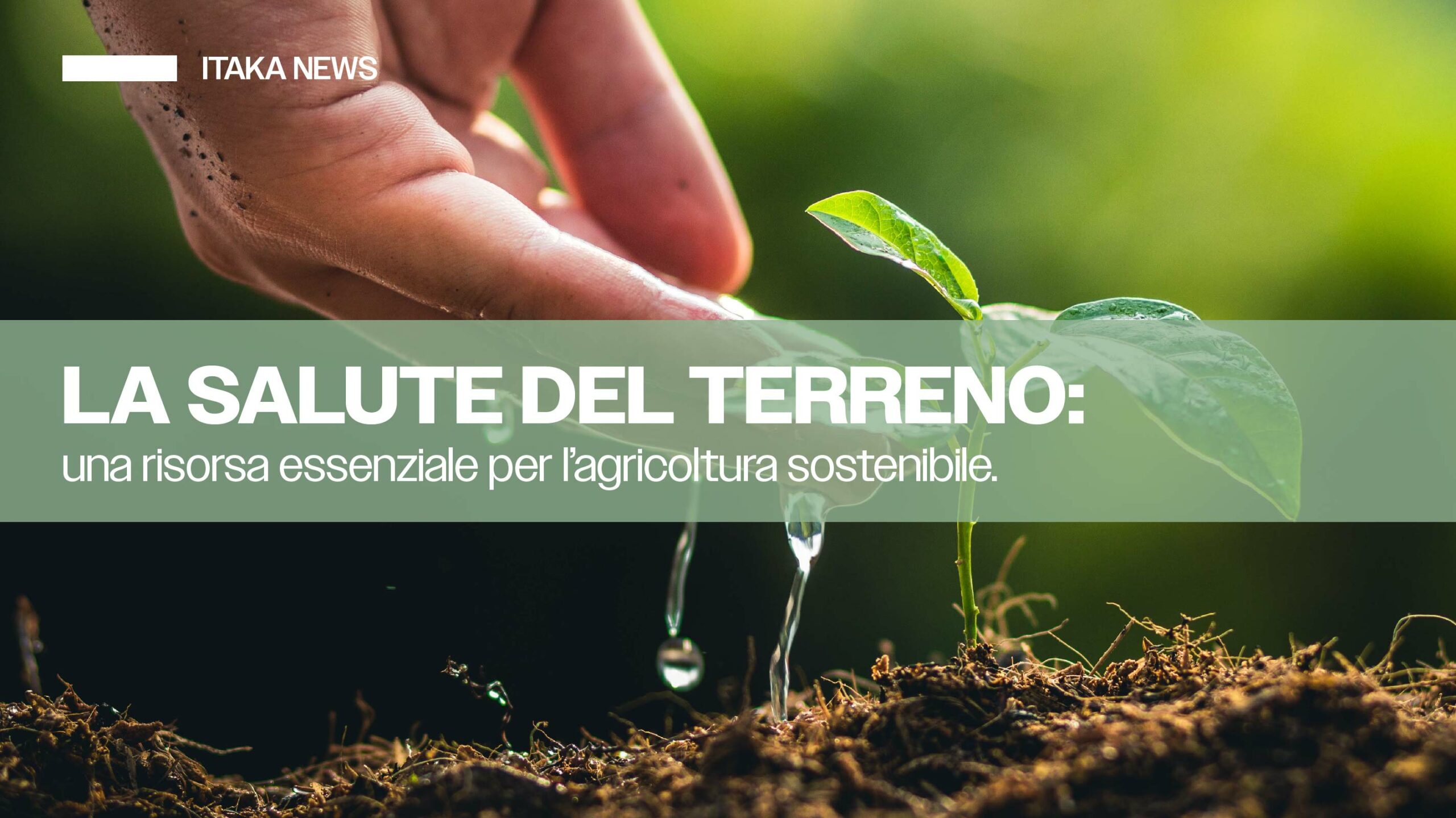Downy mildew is one of the most widespread and damaging fungal diseases affecting agricultural crops. Caused by several pathogens belonging to the oomycete group, this disease can have a devastating impact on a wide range of plants, including grapevines, potatoes, tomatoes, and many other horticultural crops.
What is downy mildew?
Downy mildew is caused by fungi of the genus Phytophthora and Plasmopara, which thrive in conditions of high humidity and moderate temperatures. These pathogens primarily attack leaves, but can also affect stems and fruit, causing yellow or brown spots that expand rapidly, leading to plant decay.
Symptoms of downy mildew
The symptoms of downy mildew vary depending on the host plant, but generally include:
- Yellow or brown spots on leaves, often with an oily appearance.
- White or gray mold on the underside of the leaves.
- Deformation and rot on fruit.
- Premature leaf fall.
Favorable conditions
Downy mildew develops rapidly under conditions of high humidity and temperatures between 10°C and 25°C. Frequent rainfall and poor ventilation between plants can promote the spread of the disease.
Prevention and control strategies
- Crop rotation: Alternating crops can reduce the accumulation of pathogens in the soil.
- Selection of resistant varieties: Using blight-resistant plant varieties can limit the incidence of the disease.
- Irrigation management: Avoid sprinkler irrigation and prefer drip irrigation systems to reduce moisture on leaves.
- Improved ventilation: Plant at appropriate distances to ensure good air circulation between plants.
- Removal of infected debris: Remove and destroy infected plant debris to prevent the spread of the fungus.
Conclusion
Blight poses a significant challenge to farmers, but with careful management and sustainable farming practices, its impact can be reduced. At Itaka Crop Solution, we are committed to providing innovative solutions and technical support to help farmers fight this disease. Contact us to find out how we can help you protect your crops and ensure healthy and sustainable agricultural production.

